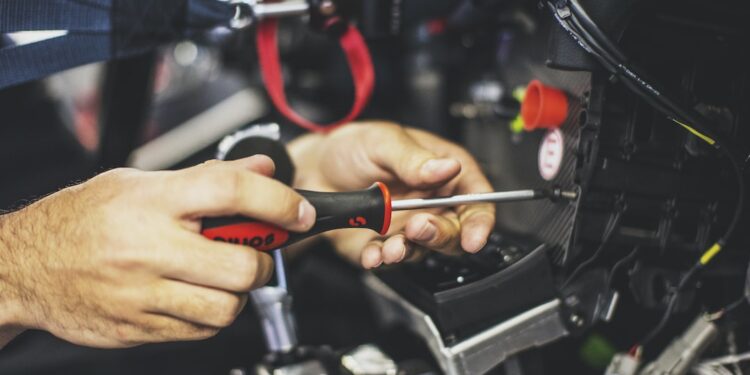Exploring the Benefits of Digital Twin Technology in Manufacturing
In recent years, digital twin technology has been making waves in the manufacturing industry. As a concept that combines virtual and physical worlds, it has the potential to revolutionize the way products are designed, manufactured, and maintained. In this blog post, we will explore the benefits of digital twin technology in manufacturing and how it is reshaping the industry.
A digital twin can be defined as a virtual replica of a physical object or process. It is created by collecting data through sensors embedded in the physical object or through simulations. This virtual replica can then be used to monitor and analyze the performance of the physical object, optimize processes, and even predict future behavior.
One major benefit of digital twin technology is improved product design. By creating a digital twin of a product, manufacturers can simulate different scenarios, test various design options, and identify potential flaws before actually producing the physical product. This not only saves time and cost but also ensures that the final product is of higher quality and meets customer requirements. For example, an automotive manufacturer can create a digital twin of a car engine and simulate its performance under different conditions to optimize fuel efficiency and minimize emissions.
Another advantage of digital twin technology is its impact on manufacturing processes. By creating a digital twin of a production line, manufacturers can monitor and analyze the performance of individual machines, identify bottlenecks, and optimize the overall production process. This helps in increasing efficiency, reducing downtime, and improving product quality. For instance, a food processing company can use digital twin technology to monitor and adjust the parameters of its machines in real-time, ensuring that the desired quality and quantity of products are being produced.
Digital twin technology also plays a crucial role in maintenance and repair activities. By creating a digital twin of a machine or equipment, manufacturers can monitor its performance in real-time, detect any abnormalities or potential failures, and take preventive actions before they become major issues. This helps in minimizing downtime, reducing maintenance costs, and extending the lifespan of the equipment. For example, an aircraft manufacturer can create a digital twin of an aircraft engine and monitor its performance during flights, enabling proactive maintenance to prevent in-flight failures.
Furthermore, digital twin technology enables manufacturers to implement a predictive maintenance strategy. By analyzing data collected from the digital twin, manufacturers can identify patterns and trends, predict when a machine or equipment is likely to fail, and schedule maintenance activities accordingly. This not only minimizes unexpected failures but also optimizes the utilization of resources. For instance, a power plant can use digital twin technology to predict when a turbine is likely to require maintenance, allowing them to plan and schedule maintenance activities during periods of low demand.
In addition to these benefits, digital twin technology also has a positive impact on the overall lifecycle of a product. By continuously collecting data from the physical object through sensors, manufacturers can gather valuable insights about the performance of their products in real-world conditions. This data can then be used for product improvement, warranty analysis, and even for creating new business models. For example, an appliance manufacturer can collect data from its products in use and use it to identify common issues, improve future product designs, and provide personalized after-sales services to customers.
In conclusion, digital twin technology is transforming the manufacturing industry by offering a wide range of benefits. From improved product design to optimized manufacturing processes, from proactive maintenance to predictive analytics, digital twin technology is revolutionizing the way products are designed, produced, and maintained. As more manufacturers embrace this technology, we can expect to see further advancements in the industry and a new era of smart manufacturing.














